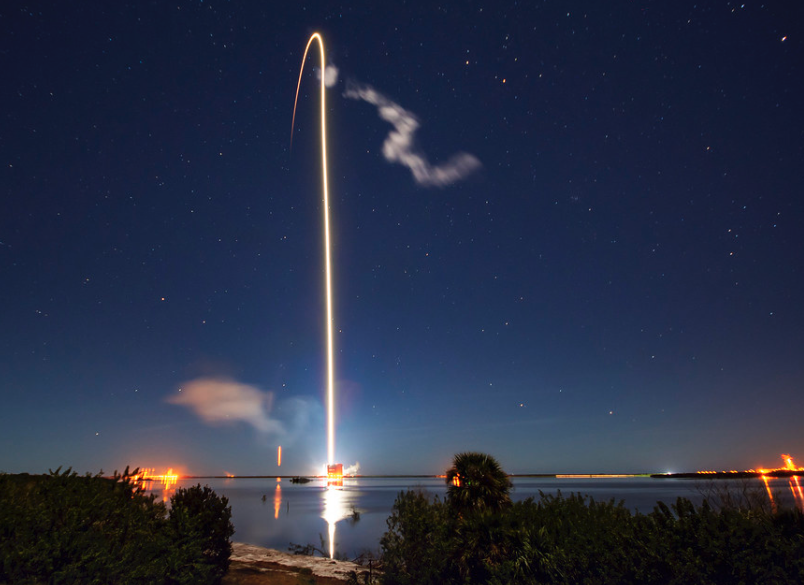Southwest Airlines Announces Winter Sale Fares as Low as $49 One-Way
Southwest Airlines (NYSE: LUV) launched a fare sale today through Dec. 10, 2020, 11:59 p.m., Central Time. Customers can coast their way to a winter getaway for continental U.S. travel Dec. 29, 2020, through April…


